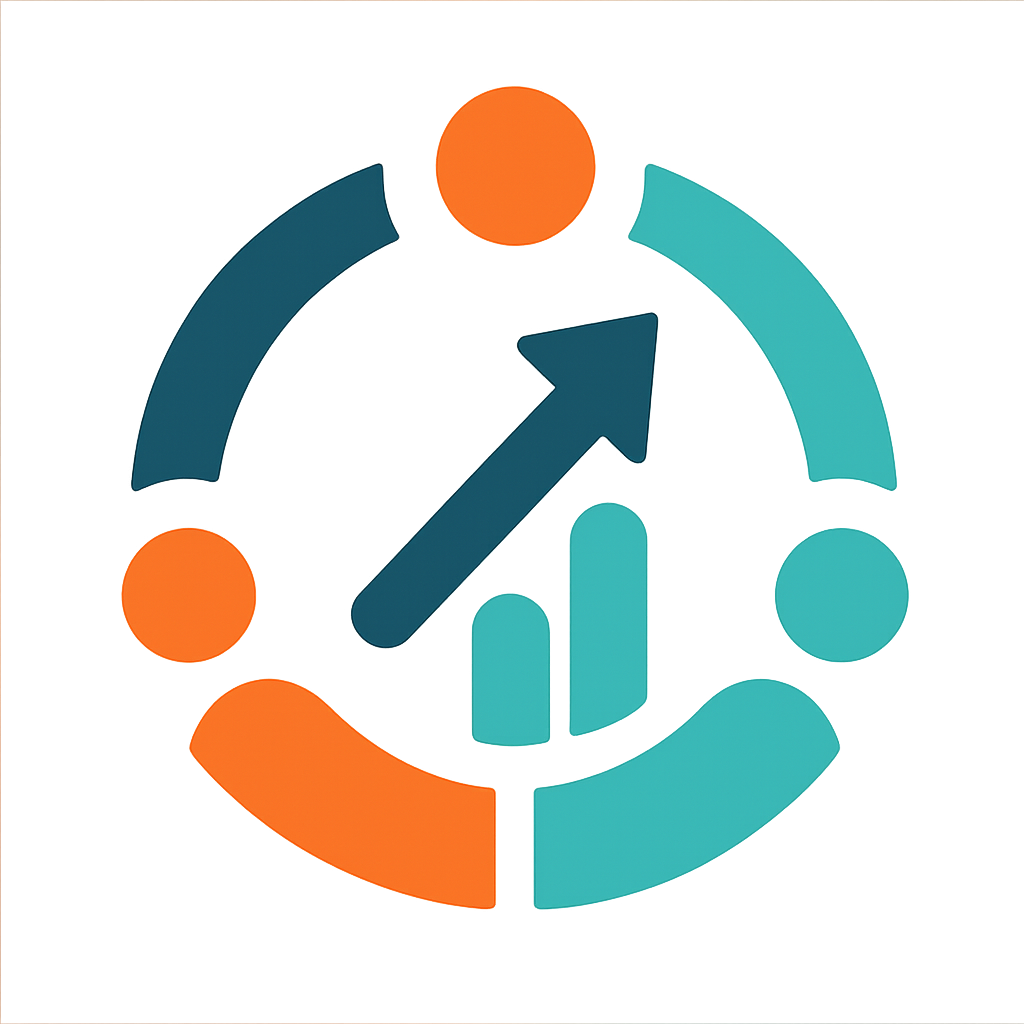In the past few years, NVIDIA has become one of the most valuable and important companies in the world by making GPUs, the chips powering the AI boom. But where did the company come from, and why are NVIDIA chips the ones that dominate AI?
Tae Kim is the author of a new book called The Nvidia Way. In his book, he tells the story of how NVIDIA’s founder and CEO, Jensen Huang, set NVIDIA on the path to becoming what it is today.
See omnystudio.com/listener for privacy information.


